How Does Traction Control Work?

Traction control technology became a mandatory feature on all passenger cars and light trucks in 2012 and the driving community is all the safer for it.
Traction control is an electronically controlled feature that limits wheel spin during acceleration so that the drive wheels maintain maximum traction and a driver maintains better control of the car. In wet or slippery conditions, some wheels on your vehicle may start spinning faster than the others and the system’s goal is to reduce power to the excessively spinning wheel(s) when sensors detect it and redistribute it to the wheel(s) that may need more.
Most traction control systems now go the extra mile and use a vehicle’s anti-lock braking to slow a spinning wheel as power is being redistributed to other wheels. The main goal here is to avoid a skid, which could easily end in a crash if drivers don’t know how to control it.
ALSO SEE: What is Hill Descent Control?
“Traction control systems were traditionally mechanical and usually limited to the rear axle (2WD) with a limited slip differential to control power distribution,” said Rob Dexter, Product & Technology Specialist at BMW Group. “There was a time when traction control was a standalone concept in the BMW world, however, since the introduction of electronic control systems, we have tended not to refer to traction control in isolation from our sophisticated Dynamic Stability Control system.”
Traction Control is not a lesser version of Dynamic Stability Control, which controls oversteer and understeer conditions through a steering sensor and a control module that determines how much engine power gets to the wheels. Both systems work seamlessly together to provide total vehicle control in varying driving conditions and a safety net if something were to go wrong due to the loss of traction.
Traction control begins the process of staying in control, but stability control goes a step further by ensuring a vehicle stays on the intended path chosen by the driver. “Traction control is, of course, a fundamental operating principle of BMW’s all-wheel-drive system, which works seamlessly with its sister Dynamic Stability Control (DSC) system to ensure optimum traction in all driving scenarios, however, controlling traction in the interest of forward motion is only one feature,” BMW’s Dexter says, adding that the systems can do much more than just keep you safe.
ALSO SEE: Under the Hood: What is Traction Control?
Electronic technology in vehicles has advanced so much and traction control in modern cars is now integrated with other safety systems that make the car safer and prevent a vehicle from losing control.
“Our system through traction control uses the brakes to slow a spinning wheel, then modulates engine power through throttle control and finally, transfers power to other wheels,” says Andrew Parravano, Product Expert at Volvo. “Some Volvo models such as the S60 and V60 Polestar’s traction control system has a reduction function that allows a longer time before the system intervenes.”
Similar systems, which is available in many performance-oriented cars these days, allow more rear wheel slip when a driver decides to drive more dynamically. More rear wheel slip will be allowed by the system as long as steering control by the driver is not too excessive, in which case, the reduction function will automatically turn off.
This can be important for customers of performance vehicles who may not appreciate traction control systems inadvertently cutting engine power when these vehicles are being pushed to their limits. Plus, drifting and letting the back end slide out (which traction control inhibits) is a much more fun way to get around a track. In a lot of performance cars, “Track Mode” turns off the traction control for drivers who prefer little to no intervention.
But there may have been a world where all this may not have even existed had it not been for the genius of Frank-Werner Mohn, a Mercedes-Benz engineer. Autocar recently spoke with Mohn and got an account of how he came to designing this technology.
A fateful car accident in 1989 inspired him to start developing the first iteration of stability control technology. Despite his car having well-functioning brakes, it was not enough to stop his car from skidding and he ended up crashing on the side of a snowy countryside road.
By 1991, Mohn’s final version of his skid control technology had been approved for production in Mercedes-Benz vehicles.
One of the defining characteristics of Mohn’s design was for the system to be active at all times so that it prevents skids and loss of control before it occurs instead of reacting to a situation after it happens.
Eventually, Mohn released the patents to technology suppliers to who were then allowed to sell it to rival automakers. The result? It lowered the cost of the technology and slowly made it accessible to mass market consumers.
Fast forward to the present and we are still seeing the positive effects of that technology on the safety of motorists and pedestrians alike. A 2015 U.S. National Highway Traffic Safety Administration (NHTSA) report confirmed that 6,169 lives have been saved by electronic stability control technology and the number will keep growing as this technology keeps improving.

Chidi loves talking about cars. He enjoys exploring the limits of new car technology and performance vehicles. When he is not writing features for AutoGuide, you will most likely find him perusing Kijiji or Autotrader listings for unique classic nameplates.
More by Chidi Ohiaeri



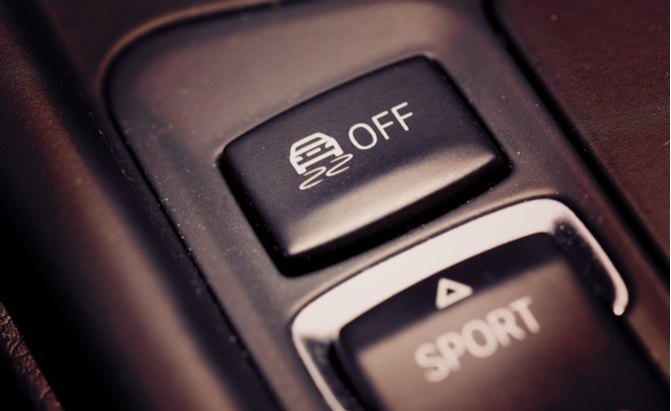













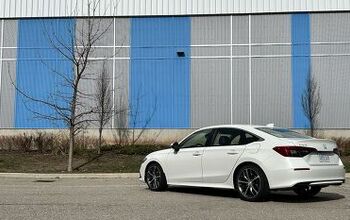
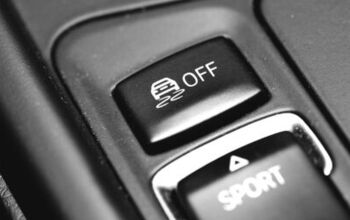
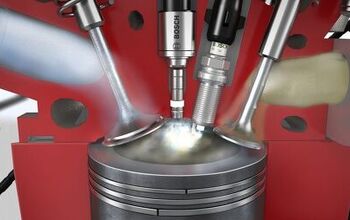


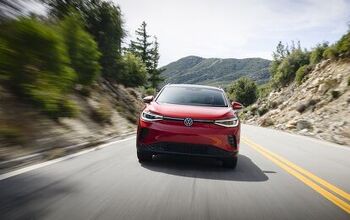
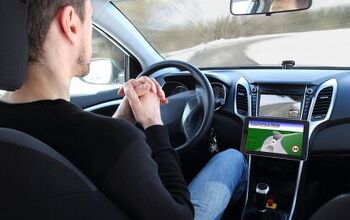
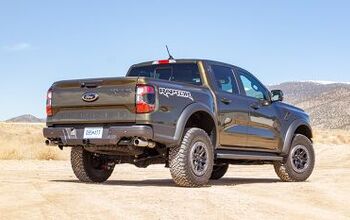

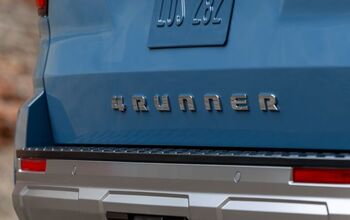

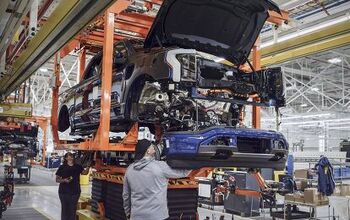


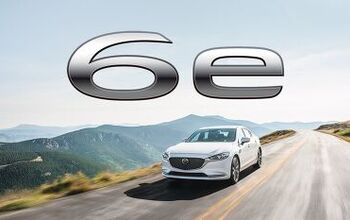

Comments
Join the conversation